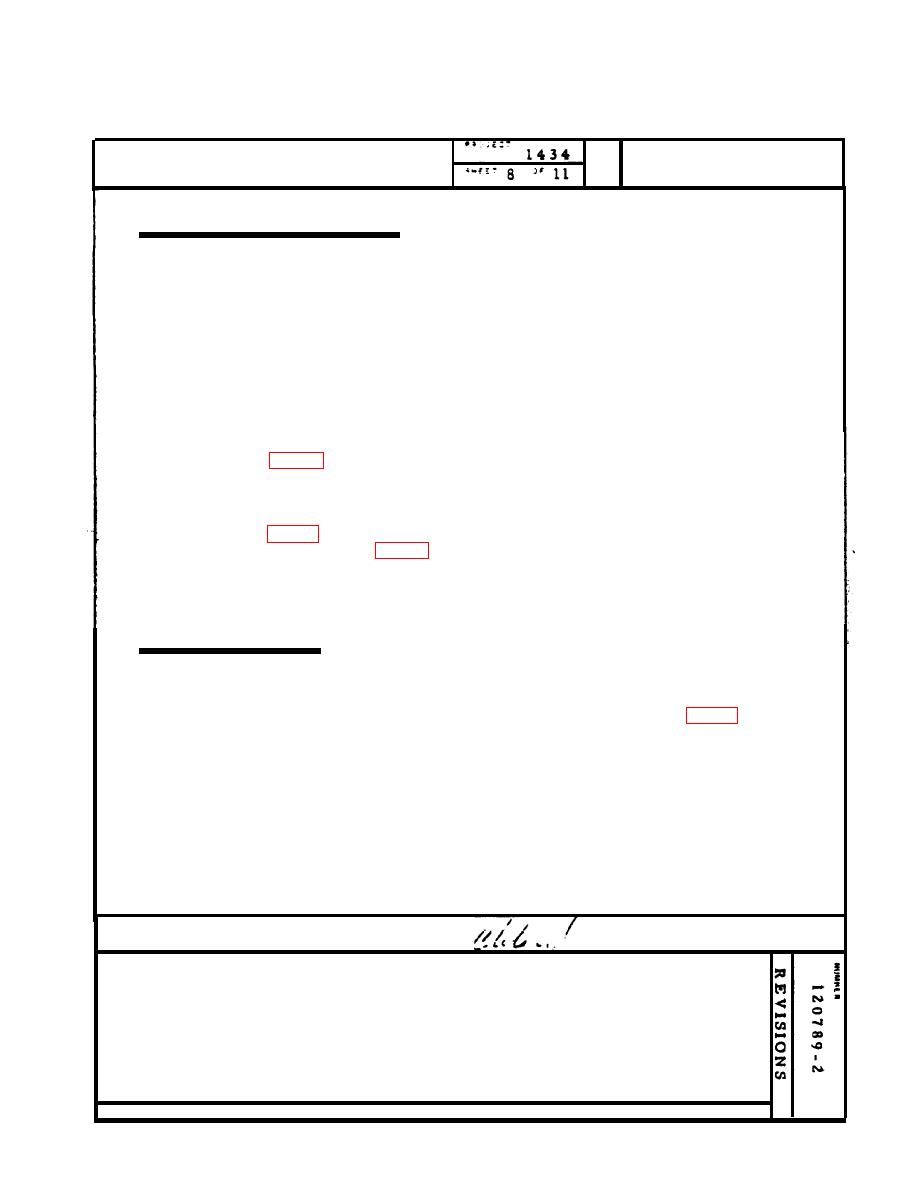
ENGINEERING ADJUSTMENT SUMMARY
NUMBER
MODEL
DBW-15
120789-2
WELD LEVER DRAG SPRING
The weld lever drag spring (item 1, fig 5) serves two
functions: First, the upper corner acts as a detent to locate
the movable jaw for annealing band; and second, the force
exerted by the spring against the weld lever provides the
frictional drag to held the lever at any of the several required
initial jaw gap settings for welding. This allows the operator
to clamp a blade in the welder or adjust the upset force selector
without disturbing jaw gap setting.
The spring is mounted on the band width escutcheon,
(item 2, fig. 5). (Both are secured by two screws.) It is
adjusted by shimming between the escutcheon and the spring.
Shim as required to obtain both objectives. Shims under either
top or bottom screws will effect function, however, the top shim
(item 3, fig. 5) usually is used to establish detent, and the
bottom shim (item 4, fig. 5) to establish frictional drag.
MAXIMUM JAW GAP
With the weld lever in the anneal position, (as located by
the detent of the drag spring) and the upset force doctor in its
widest position, turn the jaw gap adjustment screw (item 3, fig. 4)
to obtain 15/32" jaw gap. Lock the adjustment in place.
Date: 7-31-69
P r e p a r e d by: Roger Harris
Approved:
H-41

